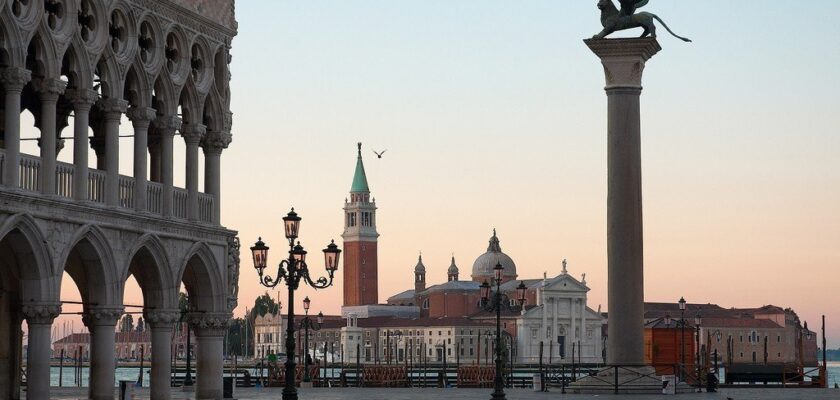Doge’s Palace
Doge’s Palace or Palazzo Ducale is located on the Italian mainland, in the city of Venice, on St. Mark’s Square. Rich interior and exterior finishes, an extensive collection of antiquities, and centuries of history have made this amazing structure one of the most popular and visited museums in the city on the water. With its recognizable Gothic arches, exquisite crenellated walls, and chiseled colonnades, the Doge’s Palace seems to float above the sidewalk. Its history also does not leave indifferent – Palazzo Ducale was used as a residence of rulers, the building of parliament, at the same time it served as a prison for criminals and the Inquisition.
.
Today tourists are offered many exciting tours, you can see the building in its entirety – from the rich halls to the deep prison casemates.
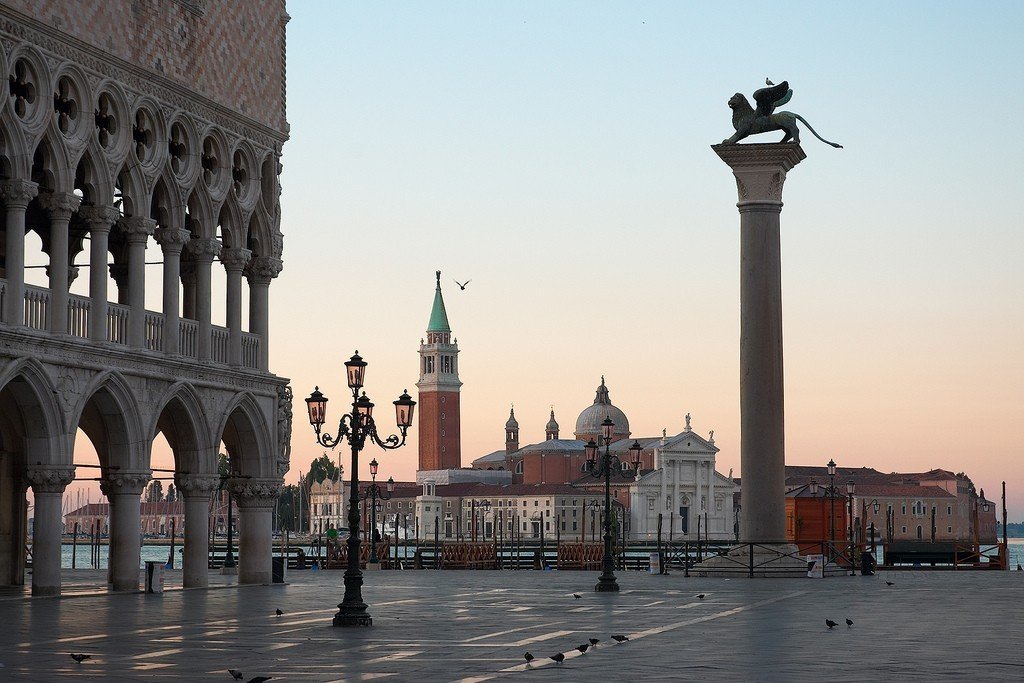
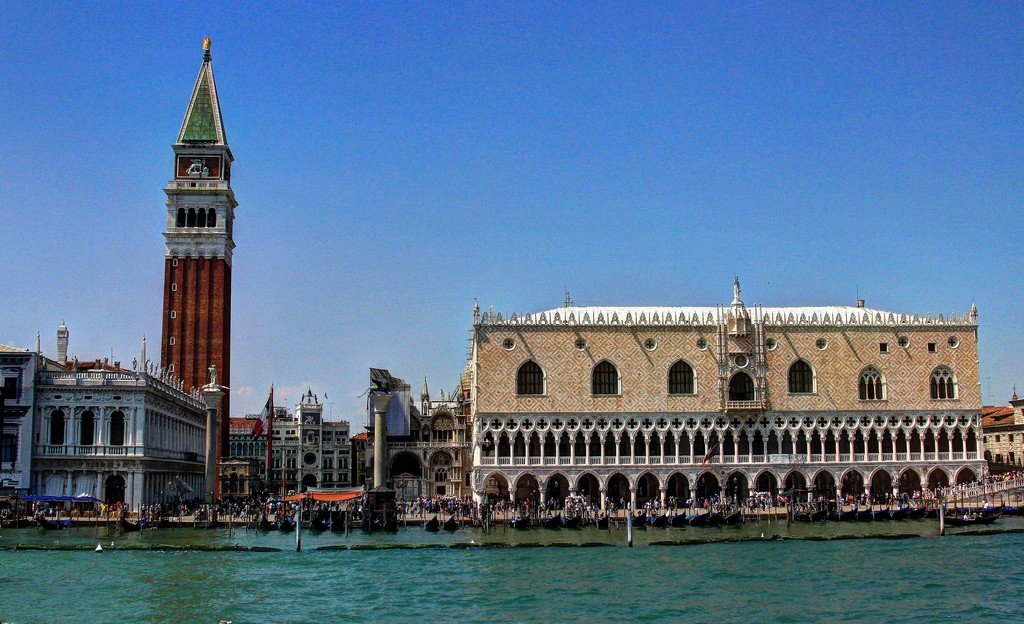
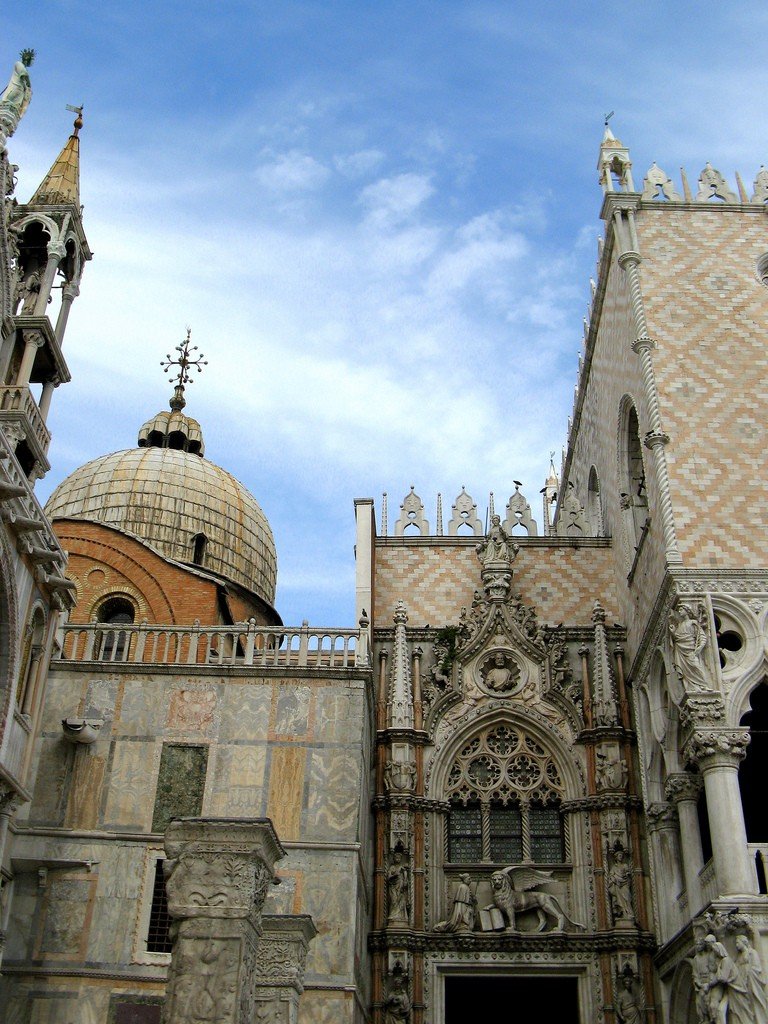
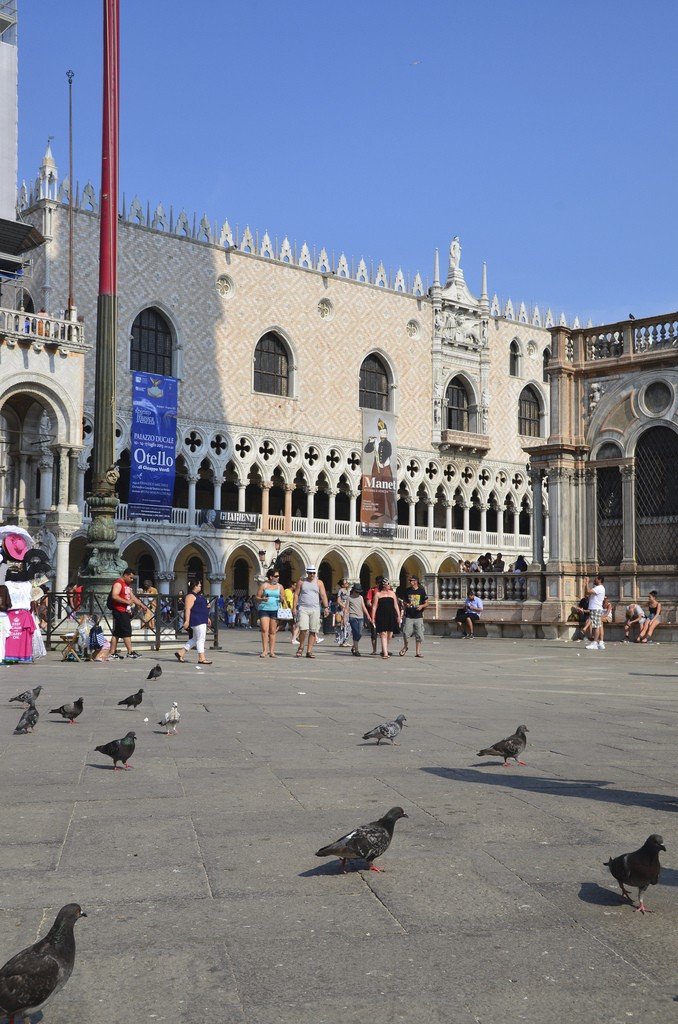
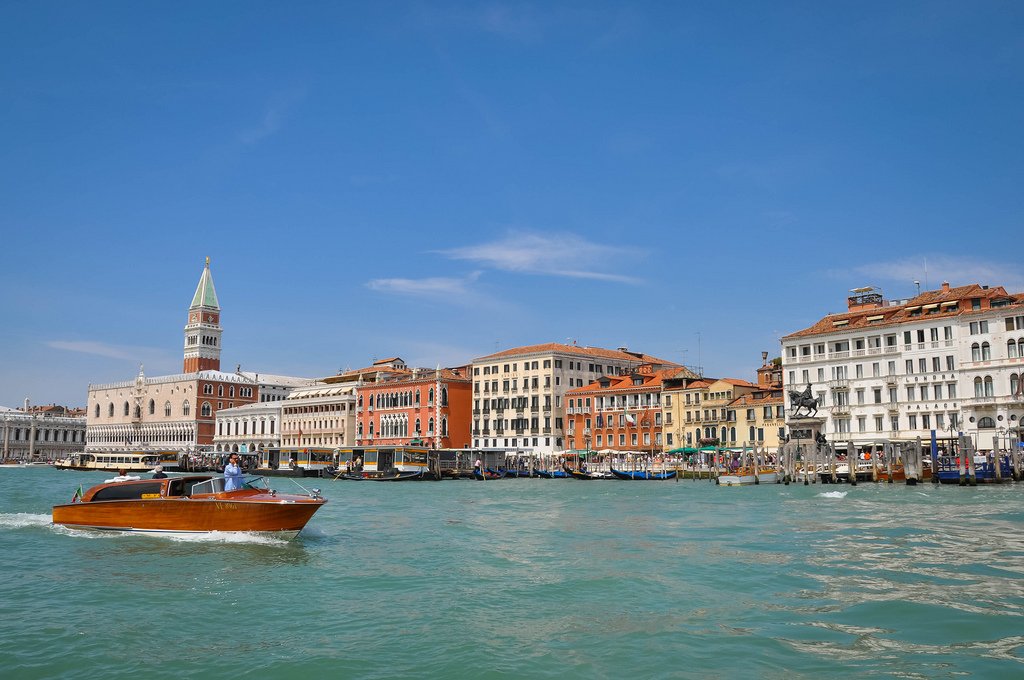
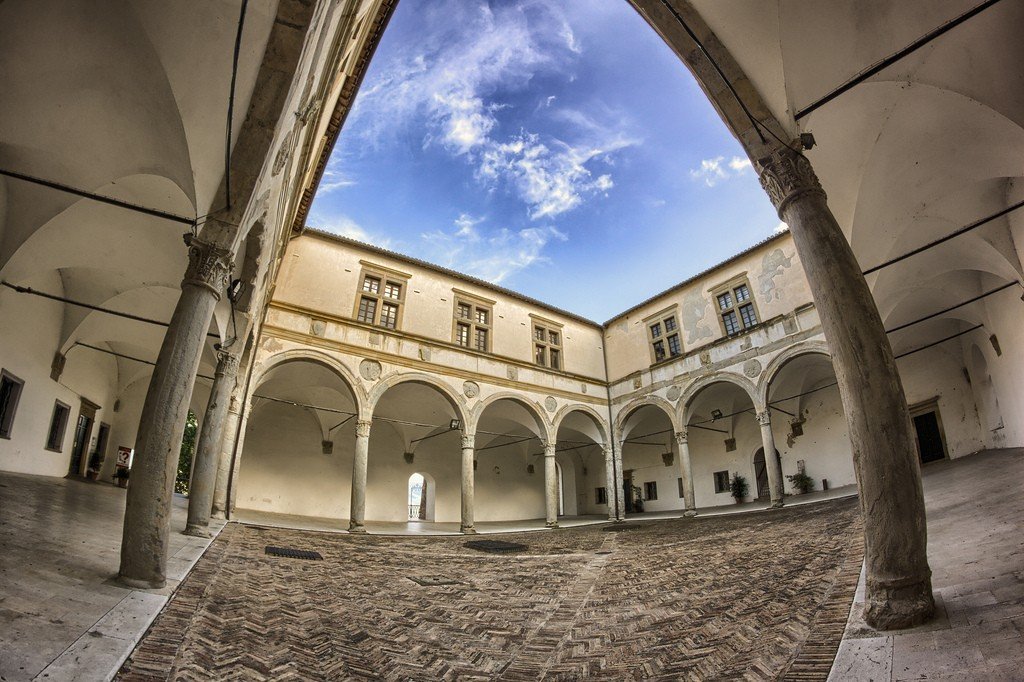
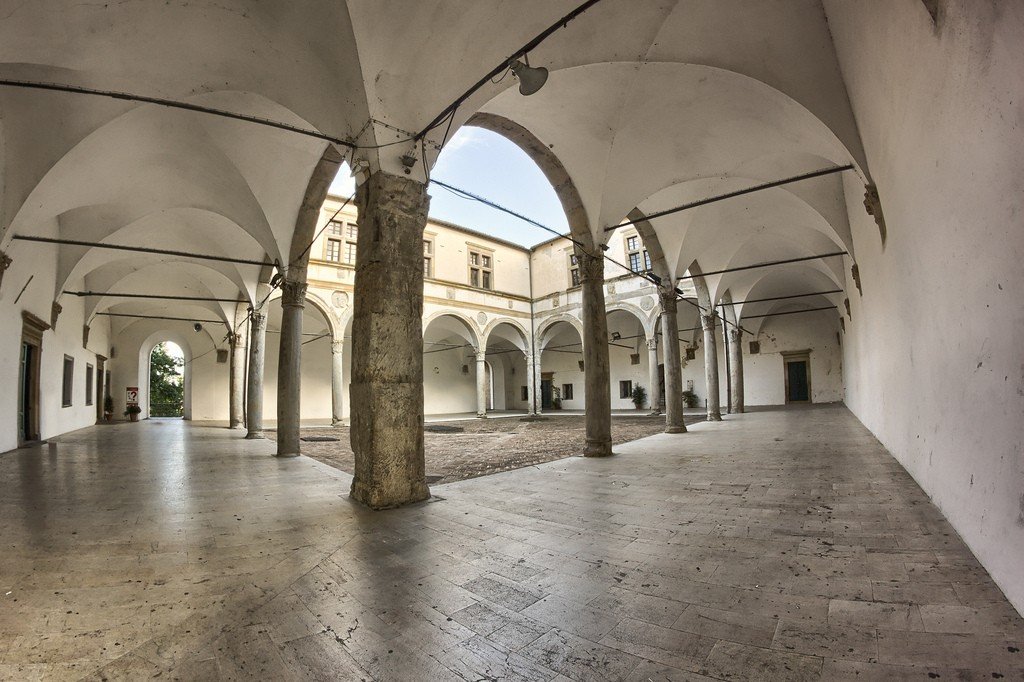
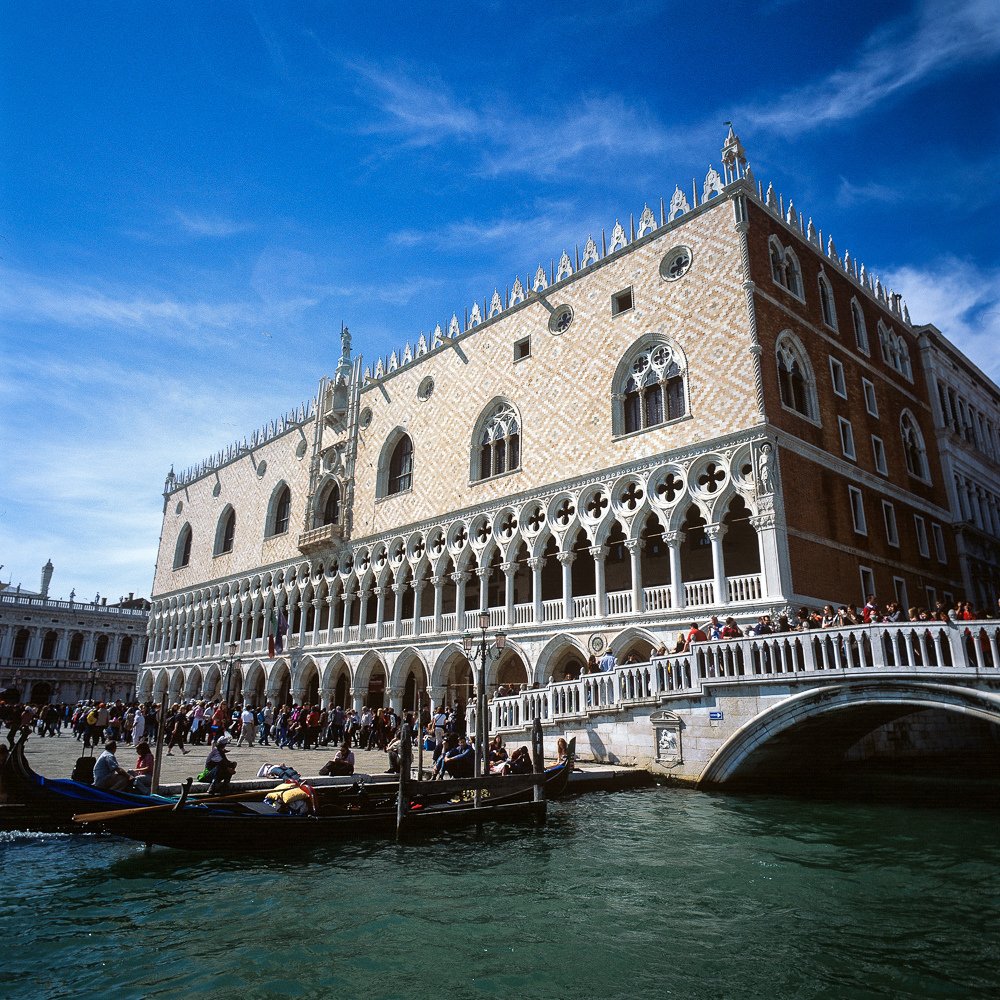
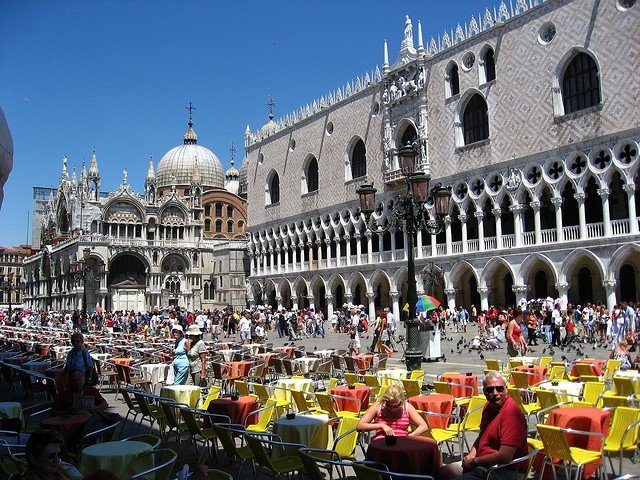
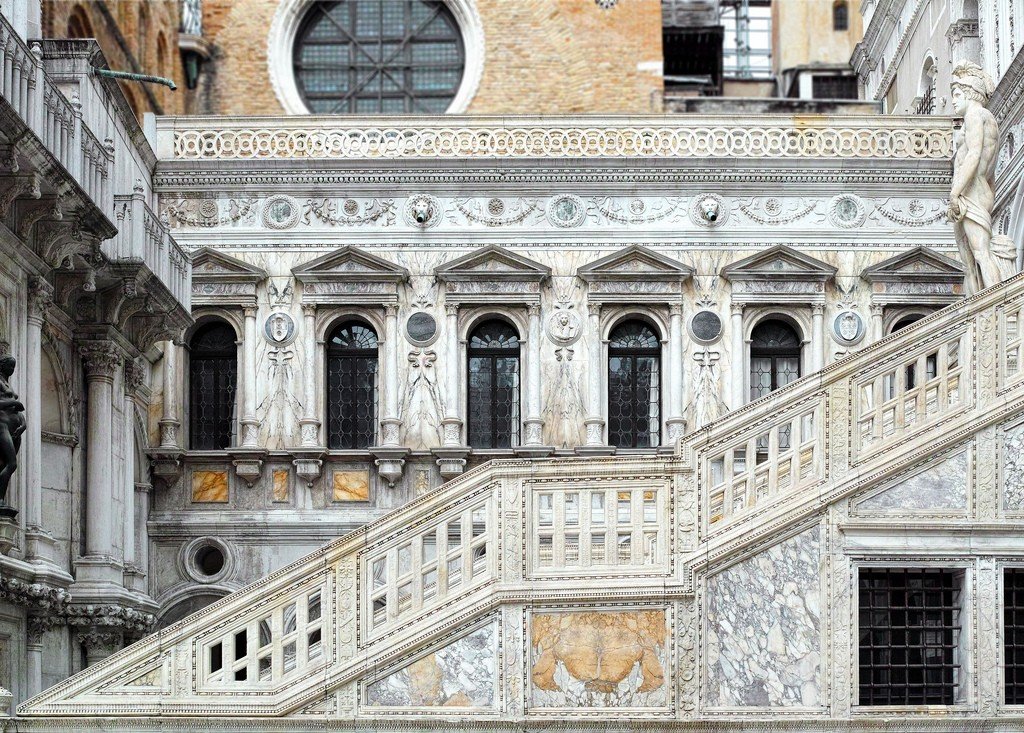
Historical Background
The history of the Doge’s Palace in Venice dates back to the early 9th century. Over the years, the building has been destroyed and rebuilt several times, it has survived several fires, rebuilt and replenished with new elements.
.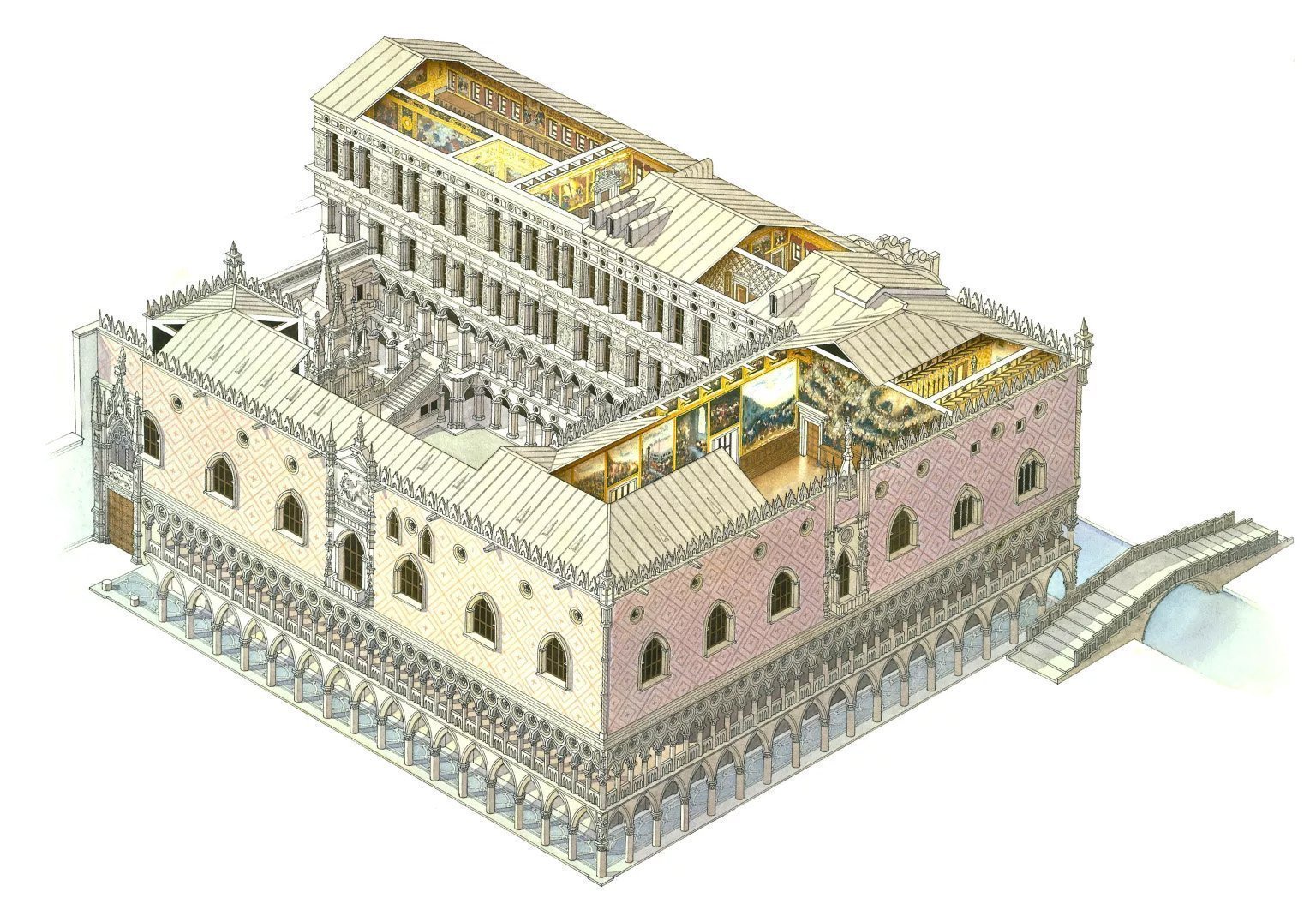
The structure that thousands of tourists come to admire every year was built between 1309 and 1424. Palazzo Ducale is built in the Gothic style, historians suggest that the craftsmen who had a hand in creating the architectural masterpiece were Pietro Bazeio, Filippo Calendario and Enrico.
.
The building housed various governmental structures besides the ruler. The legislative body was represented by the Grand Council, the executive and judicial services of medieval Venice were called the Council of Forty. The walls of the Doge’s Palace also housed the city’s secret police, the so-called Council of Ten.
.
The irreparable damage to the masterpiece of architecture was caused by a fire in 1577: the southern wing was significantly damaged and Giorgione’s works were irretrievably lost. Subsequent reconstruction has almost completely restored the first architectural project, the painting of the interior rooms involved such masters as Tintoretto and Veronese.
The center of the political life of the Palazzo.
Palazzo Ducale remained the center of political life until the end of the 18th century. Today, the Doge’s Palace in Venice is a famous monument of Venetian architecture, with a museum inside.
.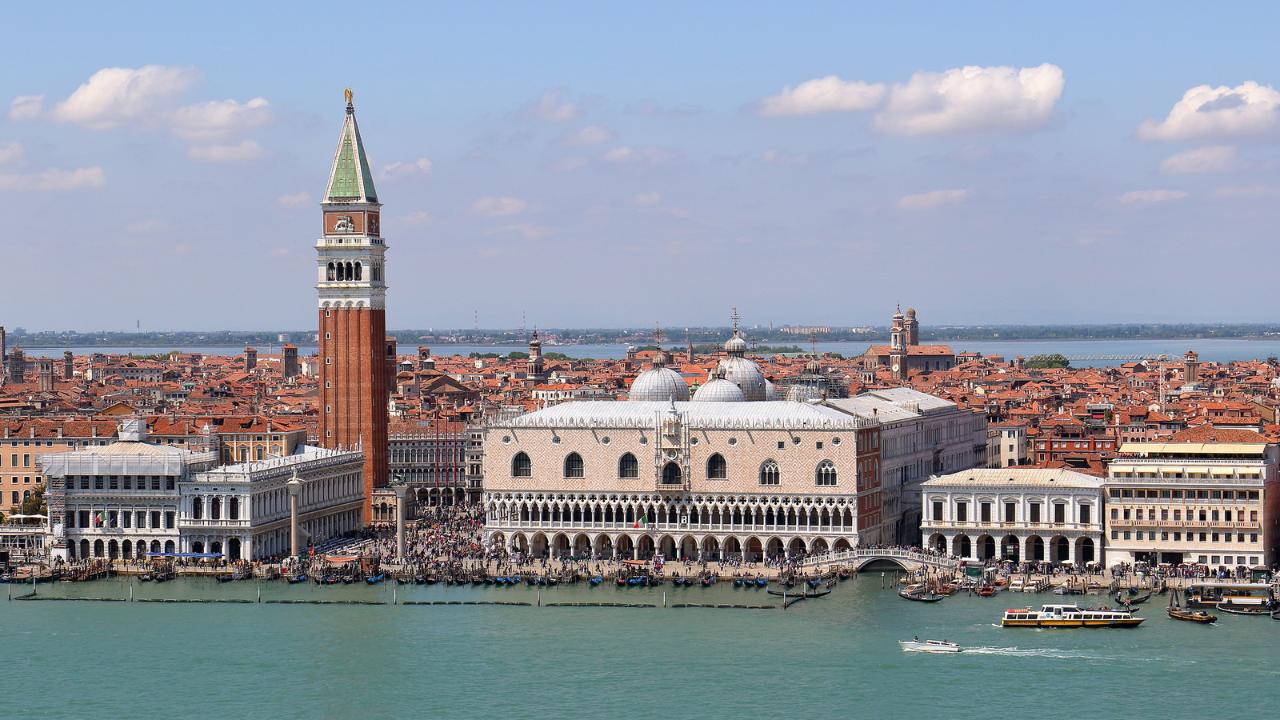
Architecture and style
The long construction and subsequent numerous renovations have enriched the building with different stylistic solutions. The recognizable façade of the Doge’s Palace – the silhouette of an inverted ship viewed from the lagoon – has made the structure one of the symbols of Venice.
.
The first floor of Palazzo Ducale is represented by a luxurious arched gallery, where even in the most relentless heat of midday guests will find cool shade. The second floor features openwork balconies. The decoration of this part of the building felt the fresh breath of the Renaissance, so here prevail soft rounded forms, replacing and replacing the strict asceticism of the Gothic. Solemnity and dressiness of the monumental building is given by white marble, with which the facade is faced – the huge Doge’s Palace does not look like a massive block, rather, it resembles an exquisite lace shawl, dropped on the ancient sidewalk.
.
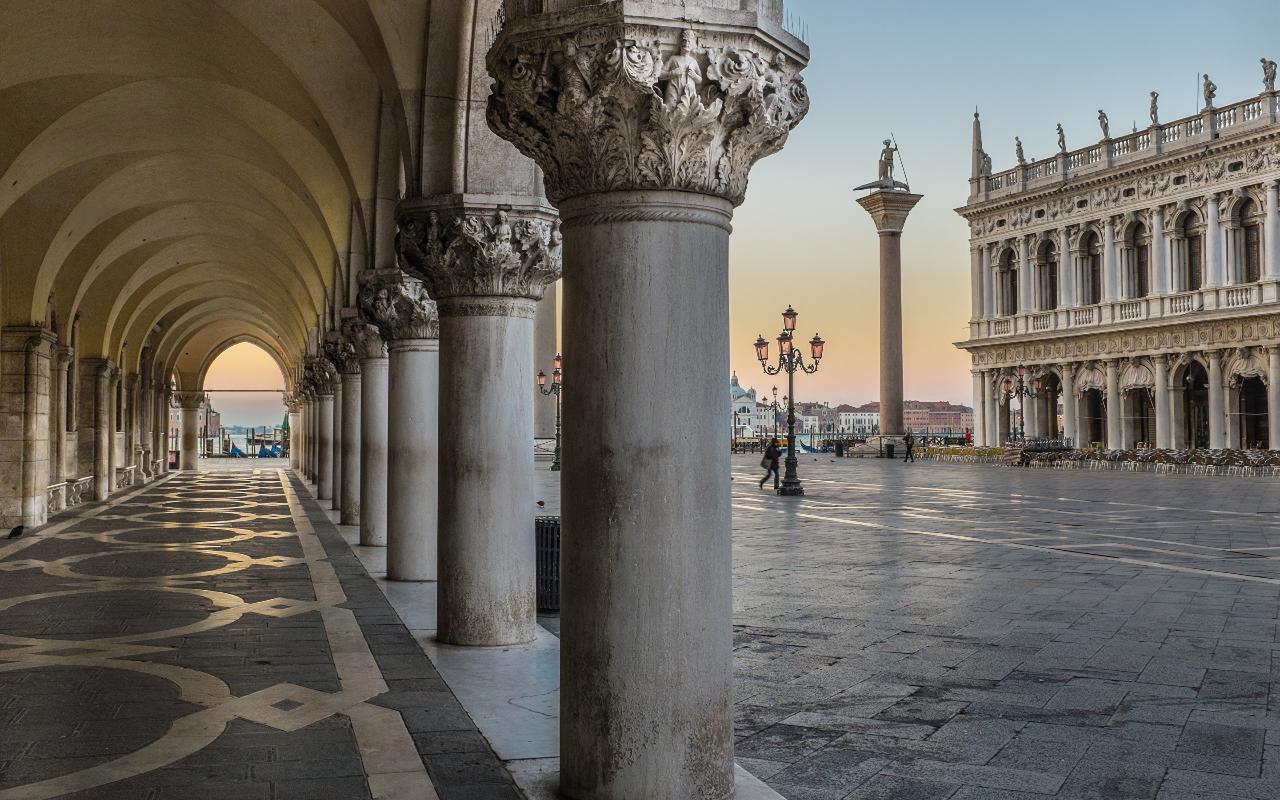
In the exterior of the Doge’s Palace, the attentive tourist will see many bas-reliefs and sculptures depicting lions and books – these are the main symbols of the city on the water, attributes of St. Mark, the patron saint of Venice. On the wall along the gallery, predators are sculpted with their mouths open in a grin, and this is not just an artistic decision. The open lions’ mouths served as mailboxes of sorts: here one could drop a denunciation, which would then go to the secret chancellery.
.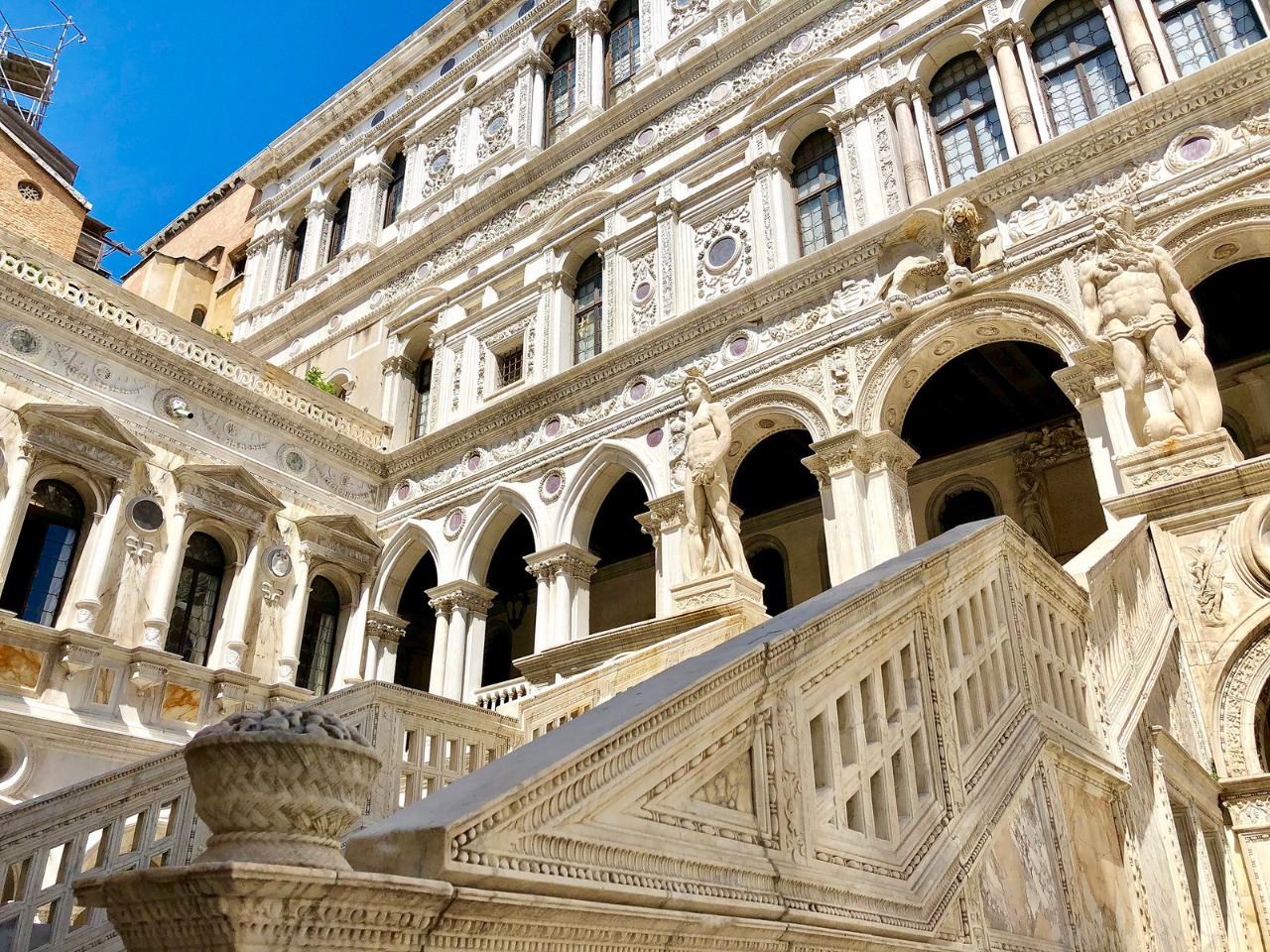
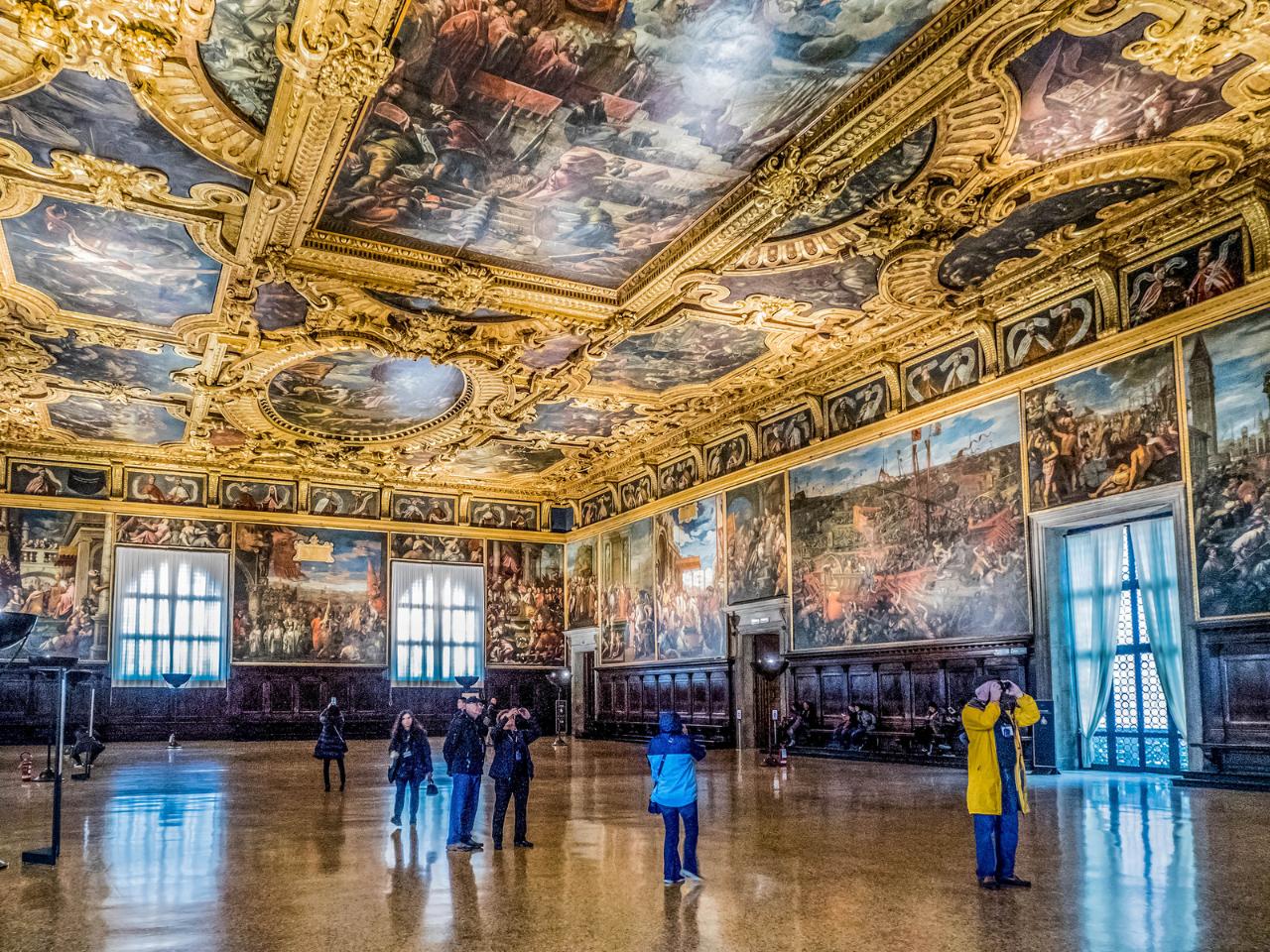
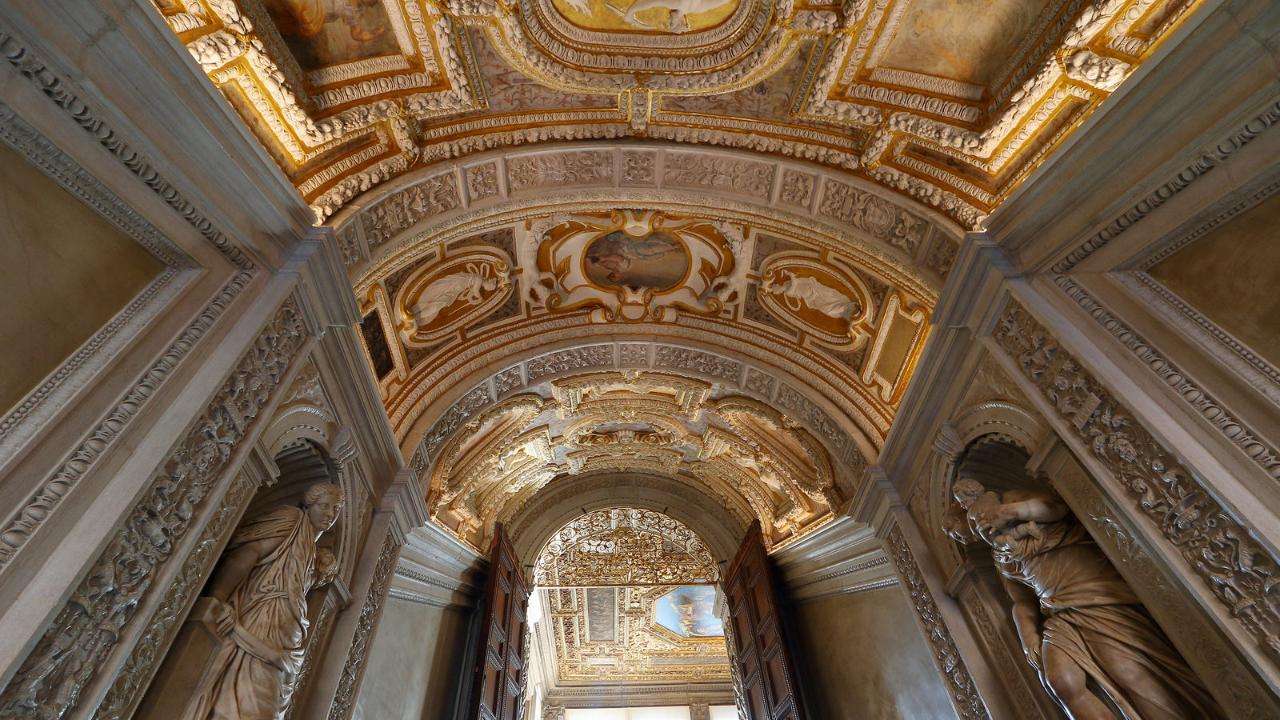

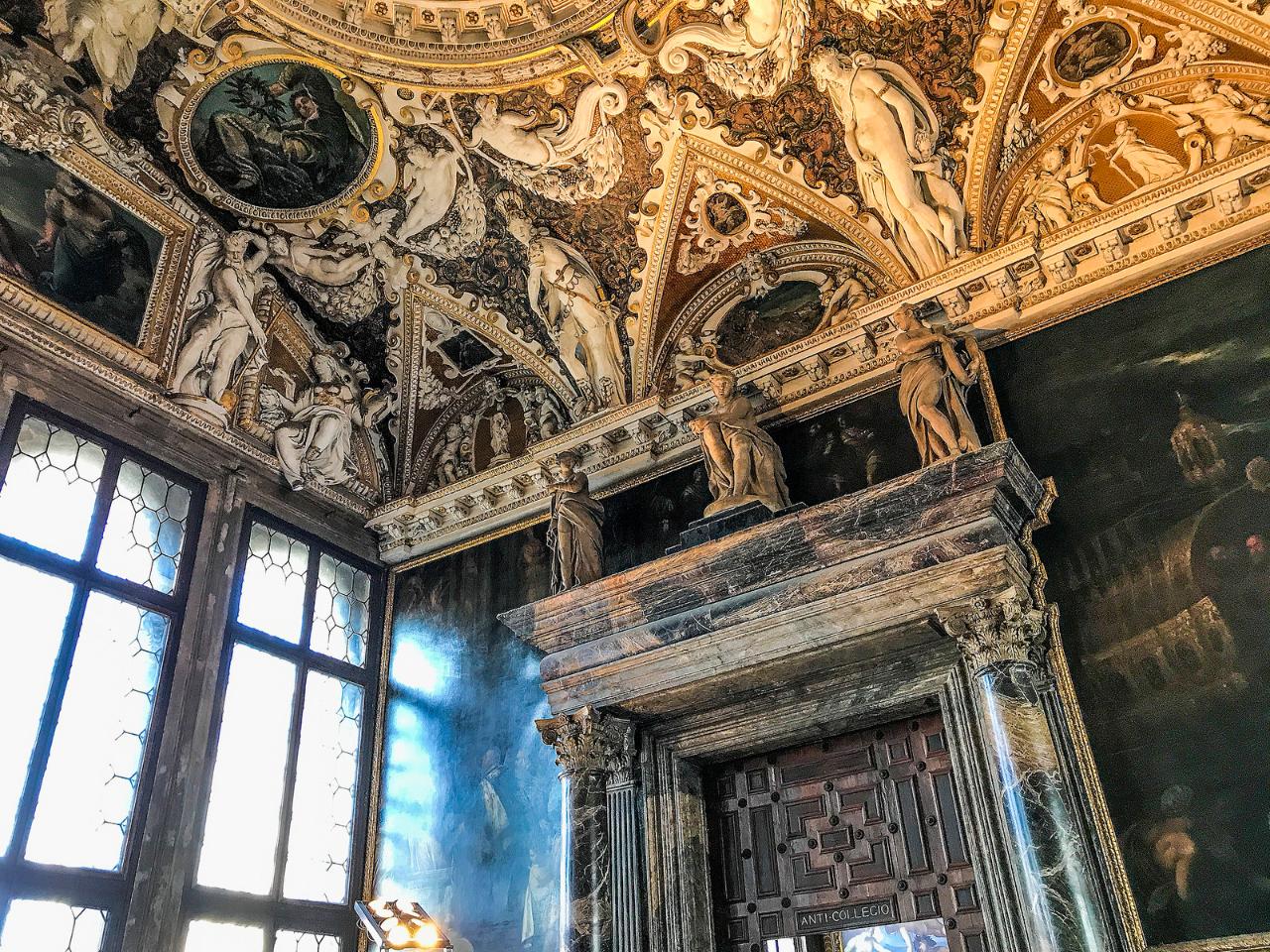
You can admire the symbol of Venice in all its glory in the Grimani Hall and the Hall of Lions – the winged predator with a book in sculptural and pictorial incarnations looks at the guests from literally all surfaces. Fans of geographical rarities will like the Map Room. Ancient handwritten maritime documents and two huge globes dating back to the XVII century are on public display. Of particular interest are copies of Marco Polo’s maps, as well as ancient topographical sketches of Tartary (the lands from the Caspian Sea to the Pacific coast).
.The Doge’s Palace in Venice can be justly proud of its extensive collection of masters of fine art, with works by some of the world’s most famous artists. Paintings by Hieronymus Bosch are exhibited in the Hall of the Magistrate, and masterpieces by other Dutch painters are also on display here. In the Collegiate Hall hang panels by Veronese and works by Tintoretto, while frescoes by Titian adorn the Philosophers’ Hall.
.In addition to the grand apartments where the ruling ranks met, the Palazzo Ducale houses two prisons. These rooms, like the torture chamber, the scaffold and the Hall of the Inquisition, are classified as secret. The standard tour does not include a tour of these sights; to see the medieval prison cells, the Council of Three and the Council of Ten rooms, a separate ticket must be purchased.
.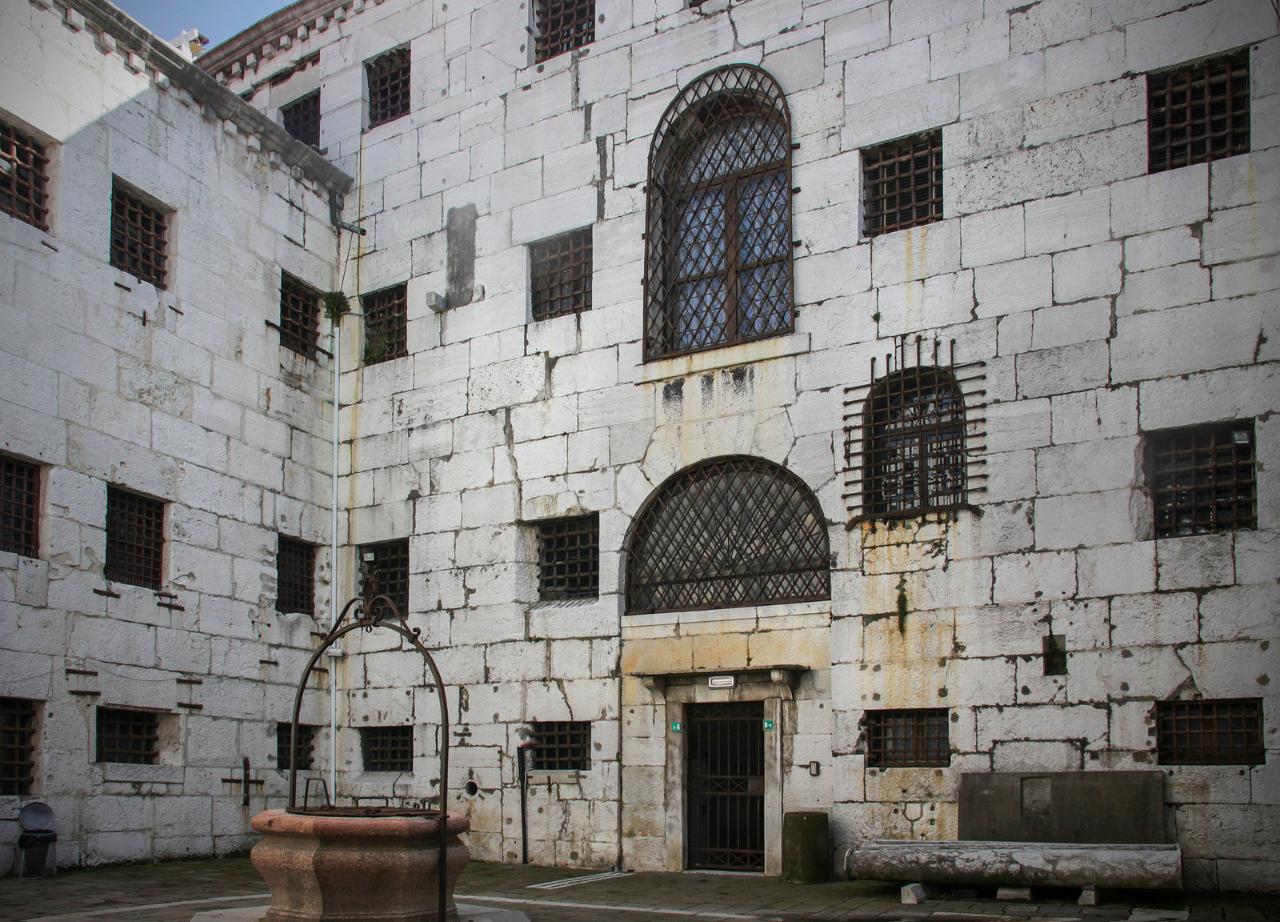
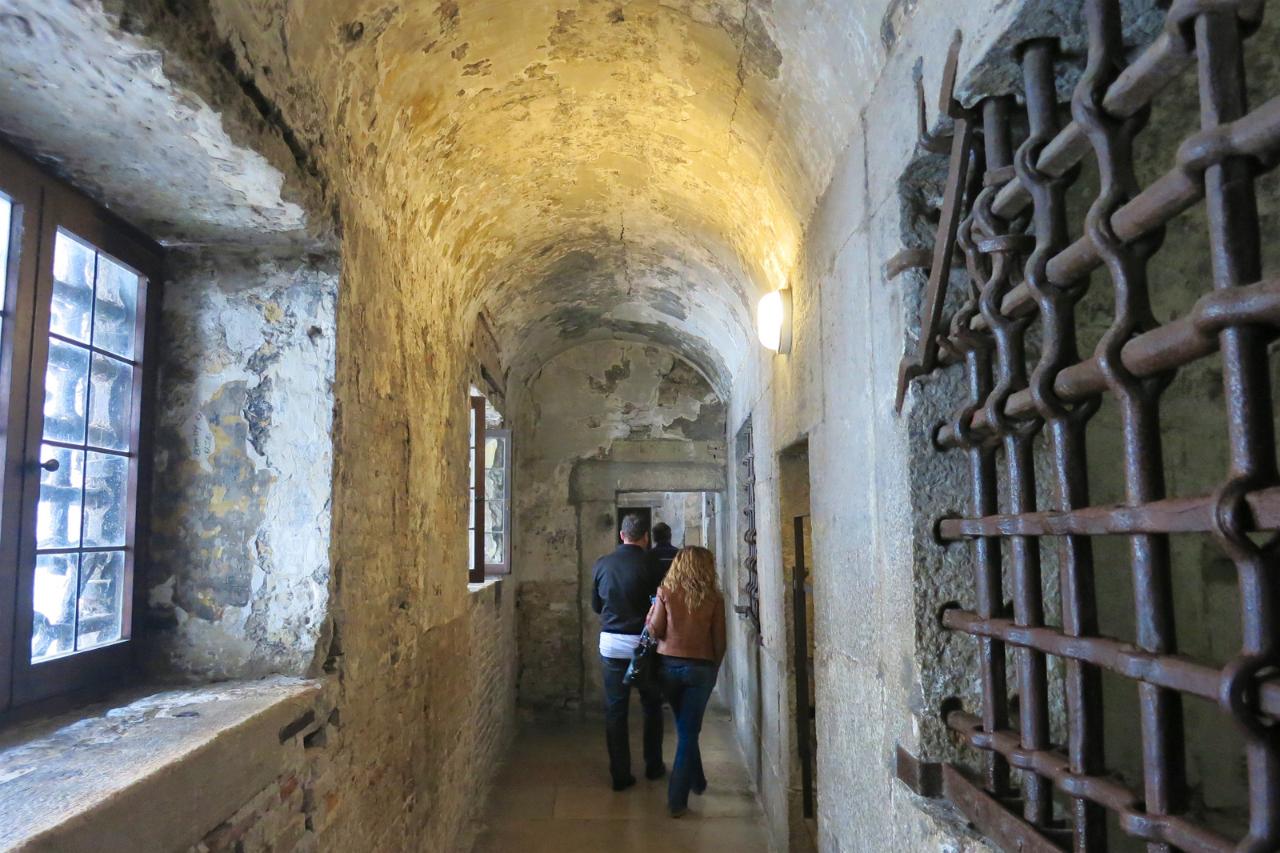
One of the prisons is located in the attic of the building, during the Doge’s reign it was called Piombi. The second is in the cellars below the water level, called Pozzi or Wells. The lead roof was very hot in the midday heat, so the Piombi chambers were unbearably hot; in winter, on the other hand, they were not heated. The semi-basement of Pozzi, because of its close proximity to the water, was notorious for its cold and dampness. The constant excess moisture created inhuman conditions, but the horrors of the secret rooms of the Doge’s Palace were not limited to this – the prisoners were actively tortured. Among the prisoners were famous people, for example, in the upper prison held Giordano Bruno. Also here under investigation was a famous hustler and favorite of women, Giacomo Casanova, who later managed to escape.
.Tours of Doge’s Palace
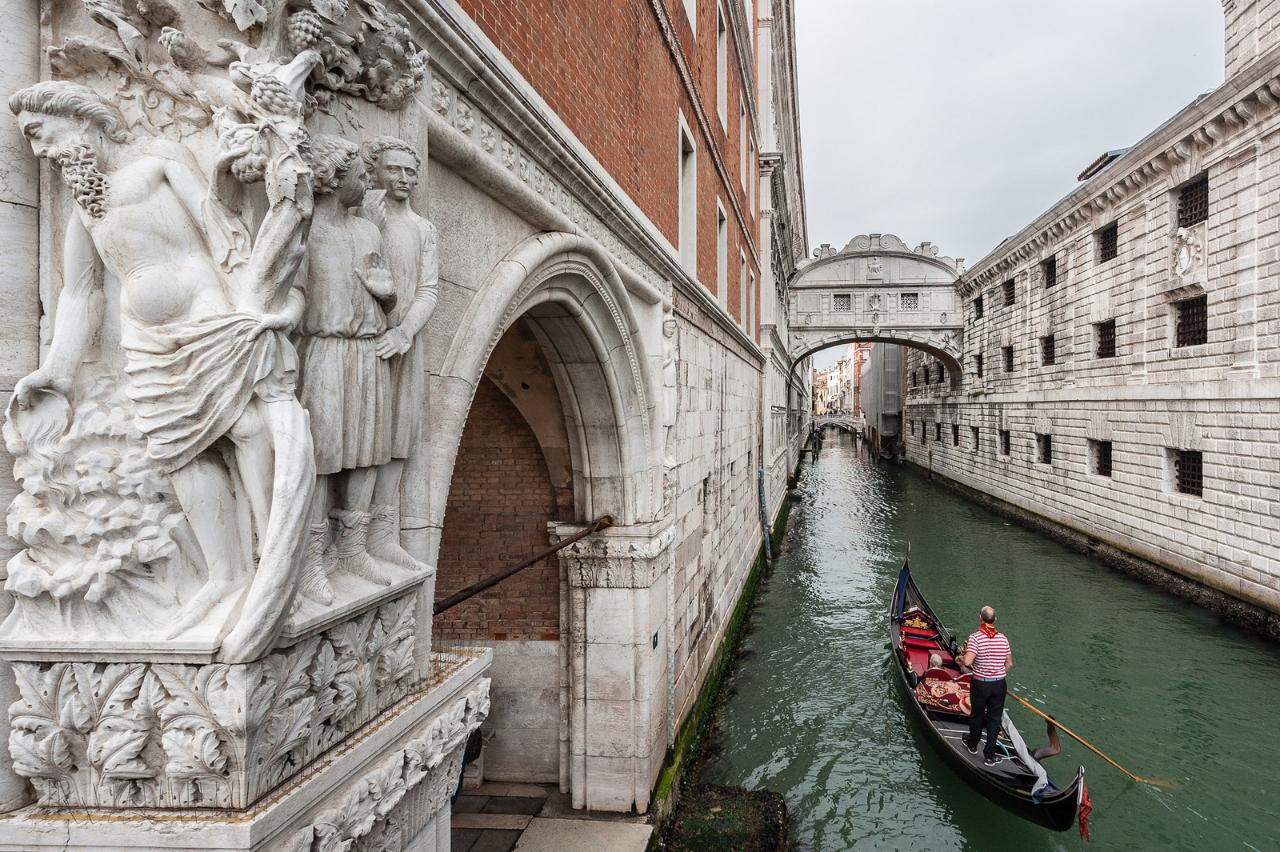
It is worth taking care of purchasing tickets in advance, as high demand, especially during the tourist season, can prevent you from seeing all the wonders of Venice’s Doge’s Palace. Most tours include a general sightseeing tour, which consists of sightseeing in the main halls. If there is a desire to see the secret rooms, they are devoted to a separate route, which lasts 75 minutes. It is quite difficult to get there without purchasing tickets in advance, there are no more than 3 such excursions per day.
.